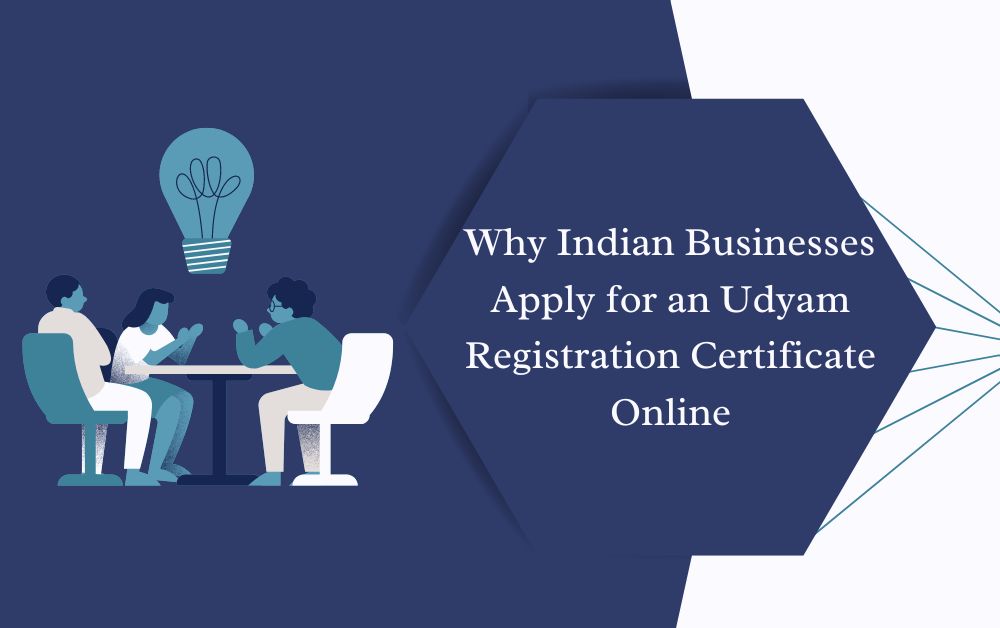Employee engagement is the cornerstone of a thriving workplace culture. It reflects the level of commitment, passion, and enthusiasm employees have towards their work and the organization. To gauge and enhance employee engagement effectively, organizations employ various tools, with employee engagement surveys being one of the most prevalent. In this blog post, we’ll delve into the significance of Employee Engagement Survey Tools, explore different types of survey tools available, and discuss best practices for leveraging these tools to foster a more engaged workforce.
Understanding Employee Engagement Surveys: Employee engagement surveys are structured questionnaires designed to assess employees’ perceptions, attitudes, and feelings towards their work, colleagues, and the organization as a whole. These surveys typically cover a wide range of topics, including job satisfaction, work environment, communication, leadership effectiveness, career development opportunities, and overall organizational culture.
Types of Employee Engagement Survey Tools:
-
Traditional Survey Platforms:
- Examples: SurveyMonkey, Google Forms, Qualtrics
- Traditional survey platforms offer flexibility in survey design and distribution. They allow organizations to create customized surveys tailored to their specific needs and preferences.
- Features such as anonymity, confidentiality, and ease of access make these platforms popular choices for conducting employee engagement surveys.
-
Pulse Survey Tools:
- Examples: TINYpulse, Officevibe, Culture Amp
- Pulse survey tools focus on frequent, short surveys administered at regular intervals (e.g., weekly or monthly). These surveys provide real-time insights into employee sentiment and enable organizations to address issues promptly.
- The simplicity and efficiency of pulse surveys make them ideal for capturing immediate feedback and monitoring changes in employee engagement over time.
-
Feedback and Recognition Platforms:
- Examples: 15Five, Kazoo, Bonusly
- Feedback and recognition platforms combine elements of employee engagement surveys with features for continuous feedback, peer recognition, and performance management.
- These platforms facilitate ongoing communication between employees and managers, fostering a culture of appreciation and empowerment.
Best Practices for Utilizing Employee Engagement Survey Tools:
- Establish Clear Objectives: Define the purpose and goals of the employee engagement survey to ensure alignment with organizational priorities and initiatives.
- Design Thoughtful Surveys: Craft survey questions that are clear, relevant, and actionable. Consider using a combination of quantitative and qualitative measures to gain comprehensive insights.
- Ensure Confidentiality and Anonymity: Assure employees that their responses will be kept confidential and anonymized to encourage honest feedback.
- Communicate Transparently: Inform employees about the survey process, including its purpose, timeline, and how feedback will be used to drive positive change.
- Act on Insights: Analyze survey results promptly and develop action plans to address areas of improvement identified by employees. Involve employees in the decision-making process and communicate progress regularly.
- Continuously Monitor Engagement: Implement pulse surveys or regular check-ins to monitor changes in employee engagement over time and track the effectiveness of intervention strategies.
Conclusion: Employee engagement surveys serve as valuable tools for measuring, understanding, and improving employee engagement within organizations. By leveraging the diverse range of survey tools available, organizations can gather actionable insights, foster open communication, and cultivate a workplace culture where employees feel valued, motivated, and empowered to succeed. By adopting best practices for utilizing these tools effectively, organizations can drive positive changes that lead to higher levels of employee satisfaction, productivity, and retention.




